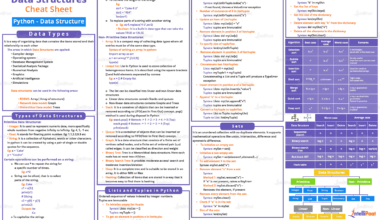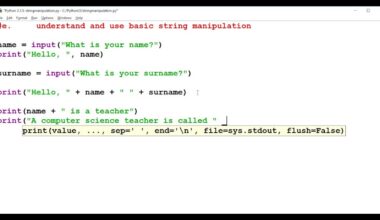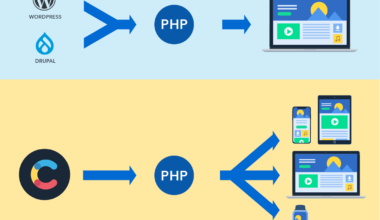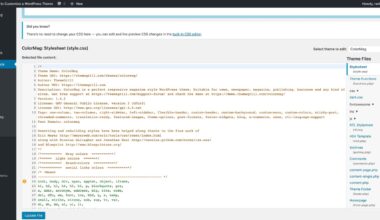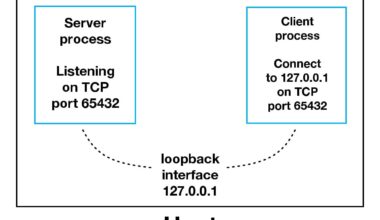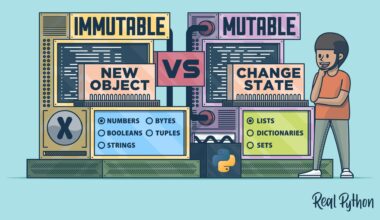Introduction to PHP XML Processing
As the amount of data generated and consumed on the web continues to increase, it becomes essential to have a reliable and efficient way of processing this data. One of the most popular data formats used on the web is XML (Extensible Markup Language), which is a markup language that allows users to define their tags and document structures.
PHP, being a server-side scripting language, is an excellent tool for processing XML data. It provides several functions and libraries to help developers parse, create, and manipulate XML data.
XML processing with PHP can be used for a variety of purposes, such as data exchange between different applications, web services, and data storage. With PHP, developers can read and write XML data from a file, a URL, or a string, and then convert it into a format that can be easily manipulated and used in different applications.
In the next sections of this article, we will discuss the benefits of using PHP for XML processing, how to parse XML with PHP, and creating and manipulating XML with PHP.
Overall, PHP XML processing is a powerful tool that can help developers make sense of data and efficiently process it. By understanding the basics of PHP and XML processing, developers can create more robust and reliable applications that can handle the vast amounts of data generated on the web.
Benefits of Using PHP for XML Processing
PHP is an excellent choice for XML processing due to its many benefits. Some of the benefits of using PHP for XML processing are:
1. Easy Integration
One of the most significant benefits of using PHP for XML processing is its easy integration with other web technologies. PHP can be used with other web technologies like HTML, JavaScript, and CSS to create robust and dynamic web applications. Using PHP with XML facilitates seamless data exchange between different applications, making it easier to share data across different platforms.
2. Wide Range of XML Libraries
Another benefit of using PHP is the availability of a wide range of XML libraries. PHP provides several built-in XML libraries, such as SimpleXML and DOMDocument, that make it easy to parse, create and manipulate XML data. Developers can also use third-party XML libraries like XMLReader and XMLWriter to enhance the functionality of their applications.
3. Platform Independent
PHP is platform-independent, which means that PHP scripts can run on different operating systems like Windows, Linux, and Mac. This makes PHP a versatile tool for XML processing, enabling developers to create applications that can run on different platforms.
4. Cost-Effective
PHP is an open-source language, which means that it is free to use and distribute. Developers can save money on licensing fees while still using a powerful tool for XML processing. Additionally, using PHP for XML processing can help reduce development time and costs, making it more cost-effective than other alternatives.
5. Fast Processing Time
PHP is a language that is optimized for web development and can handle large amounts of data quickly. When used for XML processing, PHP can efficiently parse and manipulate XML data, making it an ideal tool for handling large data sets.
In conclusion, PHP is an excellent tool for XML processing, providing developers with a range of benefits such as easy integration, a wide range of XML libraries, platform independence, cost-effectiveness, and fast processing time. By leveraging these benefits, developers can create robust and reliable applications that can handle large amounts of data efficiently.
How to Parse XML with PHP
Parsing XML with PHP involves reading the contents of an XML file and converting it into a usable format. PHP provides several built-in functions and libraries to parse XML data, such as SimpleXML and DOMDocument.
To parse XML with PHP using SimpleXML, follow these steps:
Step 1: Load the XML File
To load an XML file using SimpleXML, use the simplexml_load_file() function, as shown below:
$xml = simplexml_load_file("example.xml");
This function loads the XML file and returns an object that can be used to access the elements of the XML file.
Step 2: Access the Elements of the XML File
Once the XML file is loaded, you can access the elements of the file using the object returned by simplexml_load_file(). For example, to access the first name element of the XML file, you can use the following code:
echo $xml->person[0]->firstname;
This code accesses the first person element of the XML file and retrieves its first name element.
Step 3: Iterate Over the Elements of the XML File
To iterate over the elements of the XML file, you can use a foreach loop, as shown below:
foreach ($xml->person as $person) {
echo $person->firstname . " " . $person->lastname . "
";
}
This code retrieves all the person elements of the XML file and prints their first and last names.
To parse XML with PHP using DOMDocument, follow these steps:
Step 1: Load the XML File
To load an XML file using DOMDocument, use the load() method, as shown below:
$xml = new DOMDocument();
$xml->load("example.xml");
This code loads the XML file into the $xml object.
Step 2: Access the Elements of the XML File
Once the XML file is loaded, you can access the elements of the file using DOM methods like getElementsByTagName(). For example, to access the first name element of the XML file, you can use the following code:
$firstname = $xml->getElementsByTagName("firstname")->item(0)->nodeValue;
This code accesses
Creating and Manipulating XML with PHP
In addition to parsing XML, PHP can also be used to create and manipulate XML data. This is useful when you need to generate XML data dynamically or modify existing XML data.
To create XML with PHP, you can use the SimpleXMLElement class. Here’s an example of how to create an XML document with a root element and two child elements:
$xml = new SimpleXMLElement("<root></root>");
$xml->addChild("element1", "value1");
$xml->addChild("element2", "value2");
This creates an XML document with a root element called “root” and two child elements, “element1” and “element2”, each with a corresponding value.
To manipulate XML with PHP, you can use the same SimpleXMLElement class to add, modify, or delete elements. Here’s an example of how to add a new child element to an existing XML document:
$xml = simplexml_load_file("example.xml");
$newElement = $xml->addChild("newElement", "newValue");
This code loads an existing XML file called “example.xml” and adds a new child element called “newElement” with a value of “newValue”.
You can also modify existing elements in an XML document using the SimpleXMLElement class. Here’s an example of how to modify an existing element’s value:
$xml = simplexml_load_file("example.xml");
$xml->person[0]->firstname = "John";
This code loads an existing XML file called “example.xml” and modifies the value of the first person element’s first name to “John”.
Finally, you can delete elements from an XML document using the unset() function. Here’s an example of how to delete a child element from an existing XML document:
$xml = simplexml_load_file("example.xml");
unset($xml->person[0]->firstname);
This code loads an existing XML file called “example.xml” and deletes the first person element’s first name element.
In conclusion, creating and manipulating XML with PHP is a straightforward process thanks to the SimpleXMLElement class. With this class, you can create dynamic XML data on the fly and modify existing XML data as needed. By leveraging these capabilities, developers can build more robust and flexible applications that can handle a wide
Final Thought: Improving Data Processing with PHP XML Handling
In today’s world, data is generated and consumed at an unprecedented rate, which makes it crucial to have a reliable and efficient way of processing this data. XML is one of the most popular data formats used on the web, and PHP is an excellent tool for processing XML data. With the benefits of easy integration, a wide range of XML libraries, platform independence, cost-effectiveness, and fast processing time, PHP XML handling can help developers make sense of data and efficiently process it.
By understanding how to parse XML with PHP and create/manipulate XML with PHP, developers can create more robust and reliable applications that can handle the vast amounts of data generated on the web. When parsing XML with PHP, developers can use built-in functions and libraries like SimpleXML and DOMDocument to read the contents of an XML file and convert it into a usable format. Creating and manipulating XML with PHP is also straightforward thanks to the SimpleXMLElement class, which allows developers to add, modify, or delete elements from an XML document.
In conclusion, PHP XML processing is an essential tool for developers who want to build more robust and flexible applications that can handle large amounts of data efficiently. Whether it’s parsing XML with PHP or creating/manipulating XML with PHP, developers can leverage the power of PHP to make sense of data and turn it into something useful. By following the tips and techniques outlined in this article, developers can improve their data processing capabilities and build better applications for the web.












